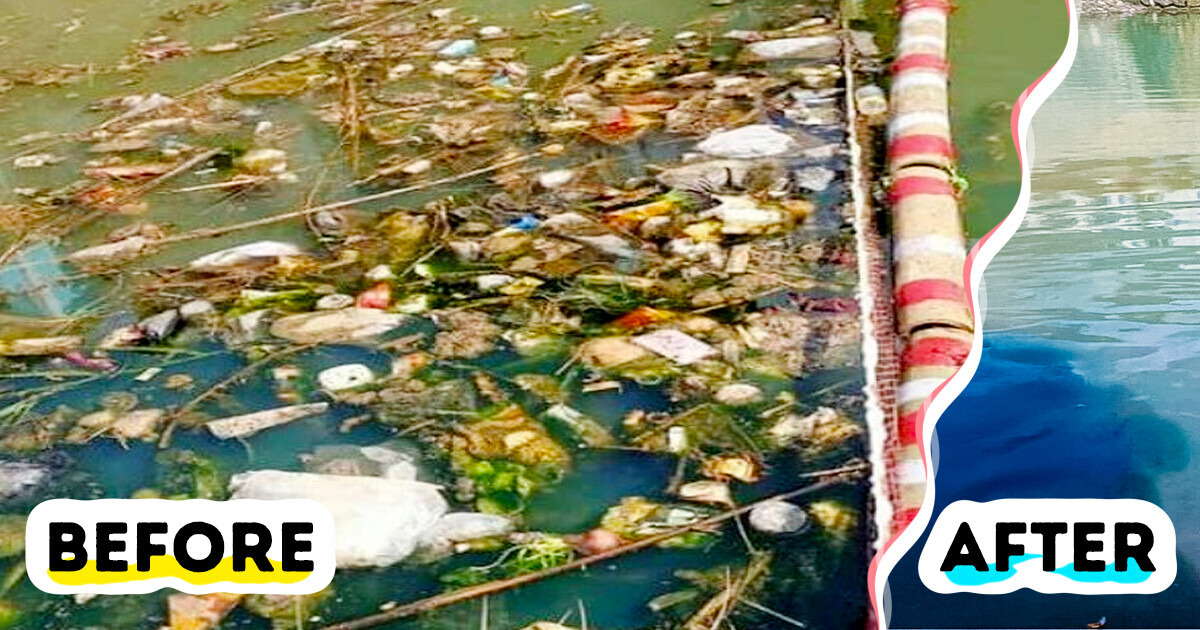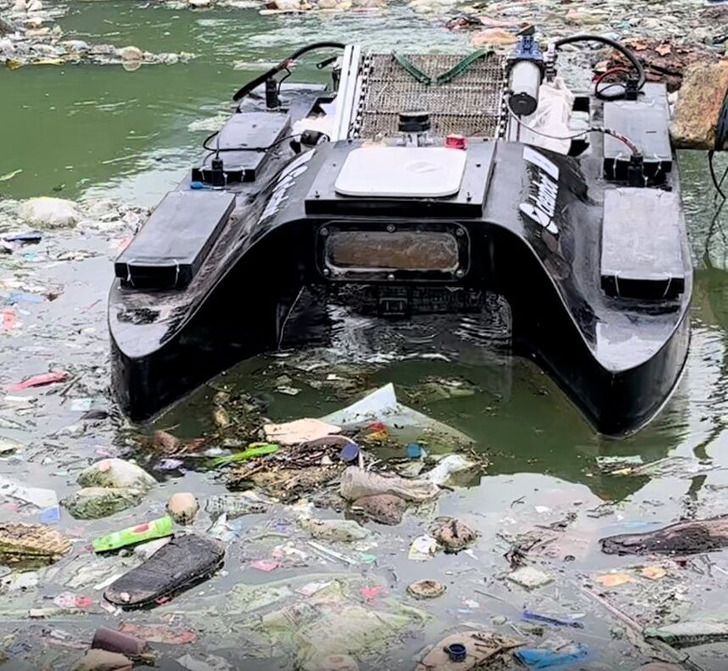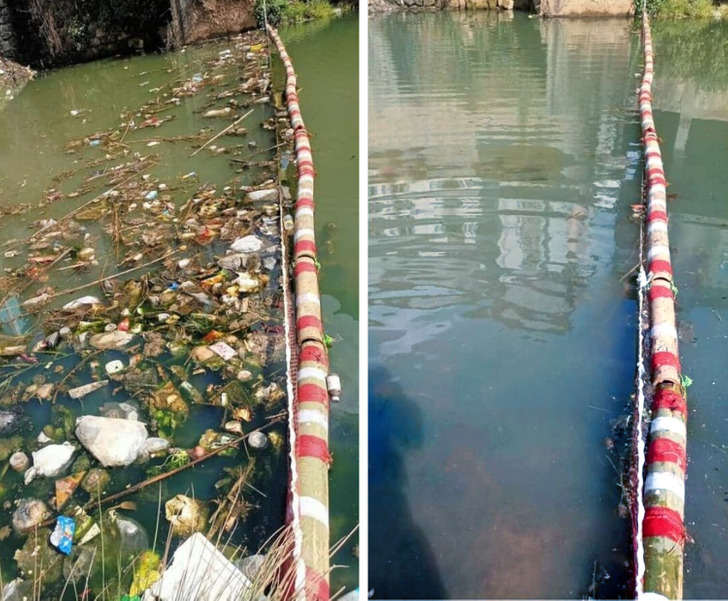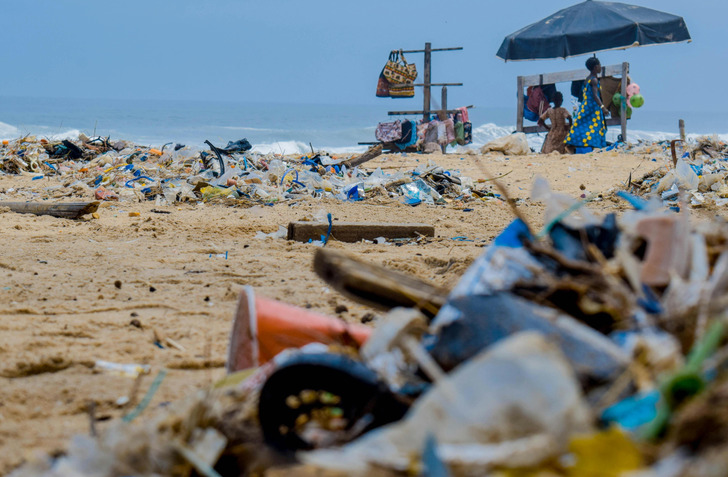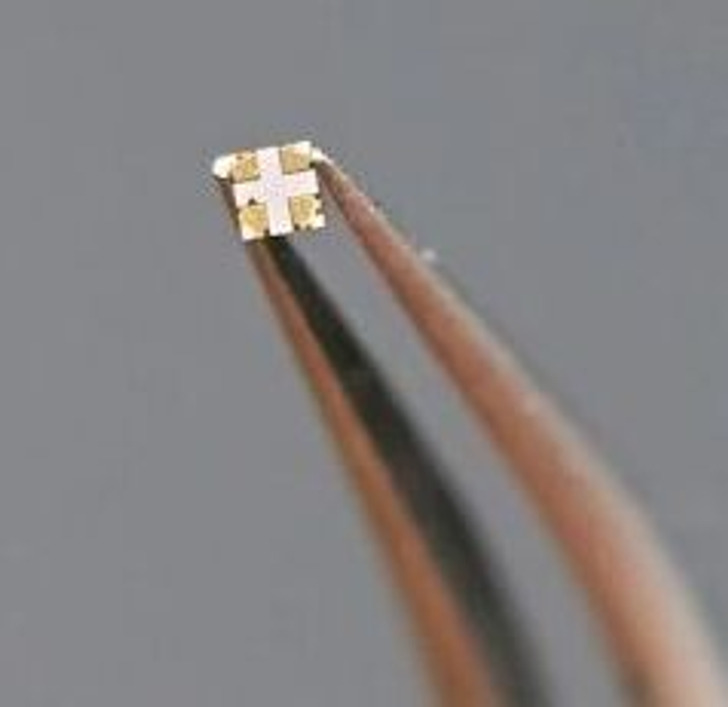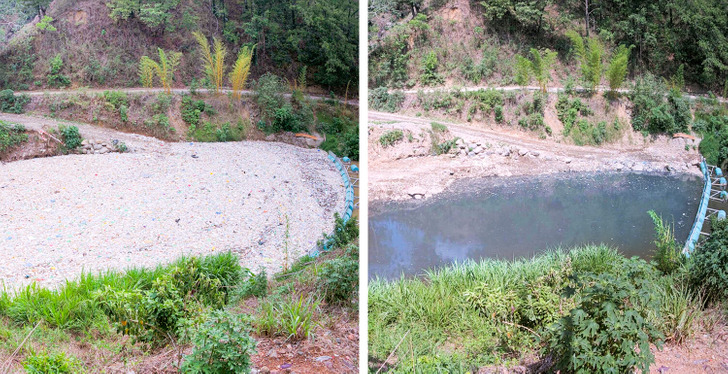Robots Are Being Taught How To Clean Up Our Oceans and the News Took the Internet By Storm / Bright Side
Our oceans are in trouble, given every year tons of trash manages to end up in them, through global waterways. While some debris sinks, some is ingested by marine animals who mistake it for food, and end up losing their lives in the process. More trash floats on the surface and gets collected in ocean gyres, forming large floating islands of rubbish. It sounds dire, and it is, but there is hope, mostly in an increasing army of tiny robots that are doing their utmost to clean up oceans and prevent further water pollution.
Robotic boats and barriers are cleaning up polluted rivers and lakes.
While plenty of oceanic trash begins at the beach, a lot of it is inadvertently poured into seas via rivers and lakes that empty into them. Heavily polluted rivers and lakes are not only hazardous for freshwater marine life but as they deposit more trash into the oceans, they add to the woes of our salty seas.
There are plenty of organizations like Clearbot that have made robots that tackle the cleanup of garbage and even clumped foam from waterways with heavy industrial pollution. Similar 5G-powered robot boats in Singapore are working to keep trash out of rivers, boasting of less carbon emissions as well. A whale shark-inspired Waste Shark, a remote-controlled robot, is similarly cleaning rivers in Leeds and other districts in the UK.
There are countless such companies and experiments being run in countries all over the world, in a bid to stop polluted waterways from using the oceans as dumping grounds. However, unless and until the global governments take on this responsibility on a large scale, the good effects are few and far between.
The good news is, that dedicated projects do end up making a lot of difference, as shown in the image above. This was a collaboration started in February 2024, where three organizations, Smart Village Movement, Greentech Foundation, and Clearbot, have united to combat water pollution in Meghalaya, one of the northeastern states in India.
Many organizations are looking at nature-inspired robots to better clean water.

It may sound a bit far-fetched, but most robotic researchers are trying their best to both clean the waters, without disturbing the fragile ecosystem of oceanic flora and fauna. Since ecosystems like coral reefs are easily disturbed by external phenomena, scientists and engineers are turning to marine creatures for inspiration.
Students of a French university have developed a turtle-like robot that can collect 50 liters of waste in one go. There are similar projects under development or experimentation, including a rather interesting one, like this.
As shown in the video, experts at the Max-Planck Institute for Intelligent Systems are developing robots, whose design and movement are inspired by jellyfish. These tiny, wireless robots can help retrieve plastic and other waste from the ocean floor, although further studies are underway to turn the wired models into better-powered, long-lasting wireless ones.
Then again, this is hardly the only robot tackling marine water pollution.
Tackling microplastics needs a “small” piece of technology.
While there are plenty of big fish in the ocean, when it comes to trash there is, there is an even deeper problem, on the microscopic level. We are talking about microplastics, the tiny pieces of plastic that wash down into our waterways through a myriad ways, including synthetic cloth, and are damaging every creature they come into contact with. It’s no surprise then that microplastics have been detected in human breast milk, and even in the meconium, the first stool an infant passes, after birth.
To tackle this colossal but tiny concern, chemist Martin Pumera at the Czech University of Chemistry and Technology in Prague has led a new project that uses microbots to target microplastic pollution in water.
Each microbot is about the size of the tip of a sharpened pencil. They come star-shaped and are magnetic, but it’s when the sunlight hits them that the magic begins. Chemical reactions brought on by solar energy propel them through the water, and when they find a tiny piece of plastic, they start to break it down. Much like the tiny robotic fish from Sichuan University, or this video of microbots swarming, and gathering microplastic.
Scientists at Cornell University are working on something similar as well, although their microplastic-eating robot is bigger and comes inspired by the humble, yet mighty snail.
Manned cleanup boats doing their bit too.
Most of these tiny robots are still under further study and development, and it may take a while for a swarm of these to enter the oceans and start cleaning up.
That said, non-profits like The Ocean Cleanup and more have targets in place, and their large cleanup boats, the Interceptor series are doing their bit, as shown in Guatemala, below. That said, today’s technology is often yesterday’s dream, and with things moving superfast in every realm, there’s hope that our oceans will be back to their glistening selves sooner than later.
Seeing the massive difference brought on by these robots entranced the Internet, as one Instagram user commented, “It’s like knitting a sweater and in the morning it’s all unraveled, and you have to start all over again. All the time, forever. Your work is literally incredible, your perseverance is incomparable, and your determination is like an inspiration from above. I salute you.”
Another wrote, “Thank you, your company gives me hope.”
Ultimately, a robot is as good as the company who made it, and here we seem to have quite a number of winners at hand.
Now that we introduced the cleanup crew to you, we are sure you will be extra cautious about water pollution and take whatever steps you can to eradicate it on a personal level. The oceans are a fantastic geographical feature of our planet, and there’s no reason why they should end up secreting plastic in their mysterious depths.
